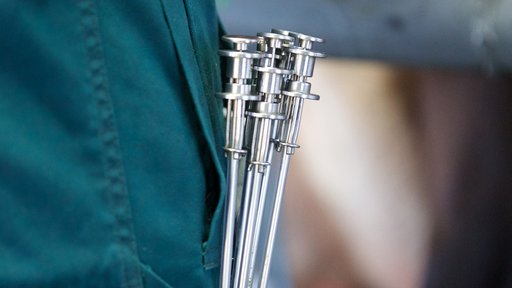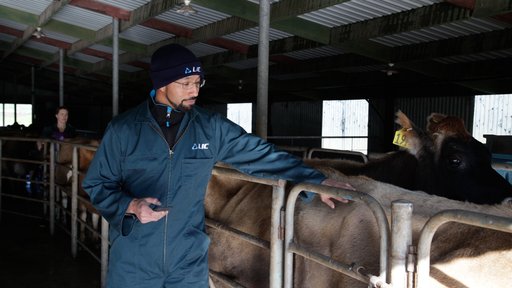While the dairy industry considers gestation length to be about 282 days, calving is actually getting earlier.
The following factors can affect calving dates – consider these when you’re planning your spring feed needs.
Breeding values (BV)
A cow’s expected calving date is partly based on her gestation length and the calf’s sire. These are called breeding values (BV) and vary between individual animals.
Check your sires gestation length BV in your AB provider’s bull catalogue.
Negative gestation lengths
Cows and bulls with negative gestation length BV pass these onto their calves. Over time, this will result in a shorter gestation length across your herd. Cows will have more time to recover before mating starts. Make sure enough feed is left on the milking platform for early calvers.
Short gestation length (SGL) sires and tighter calving spreads
While we haven’t investigated this yet, we believe calving distribution will be slightly smaller. The average gestation length may decrease if a herd is sired using SGL bulls.
How MINDA uses gestation length
MINDA reports use both sire and dam gestation length BV to calculate expected calving dates.
Gender
Research carried out in 2014 on more than 58,000 New Zealand animals found the average gestation length was:
- 282.7 days for bull calves
- 281.2 days for heifer calves
Dam age
The same study found the average gestation length for first-calving cows was 279.5 days and 280.8 days for second calvers.
Breed
In September 2025, the gestation length BV of herd tested cows for the following breeds were recorded.
- -0.3 days for Holstein Friesian cows
- -0.5 days for Kiwicross cows
- 0.6 days for Jersey cows
For more information about gestation length please get in touch with your LIC rep.





